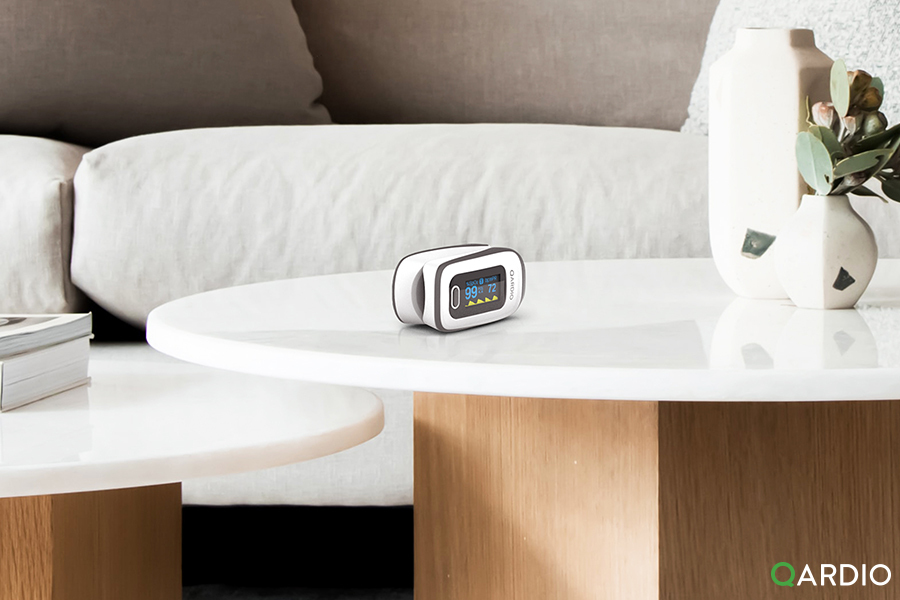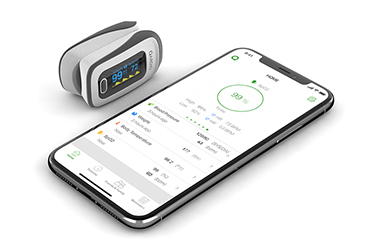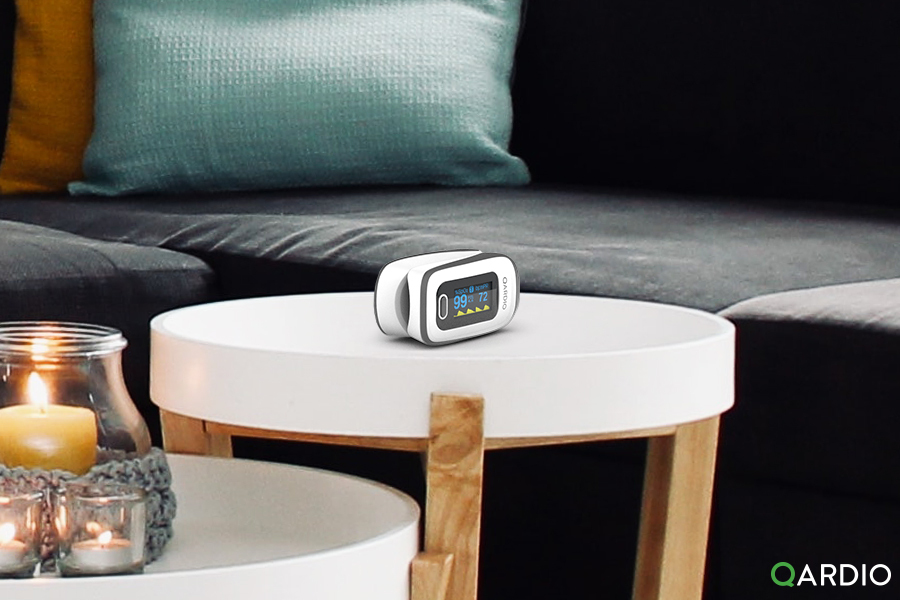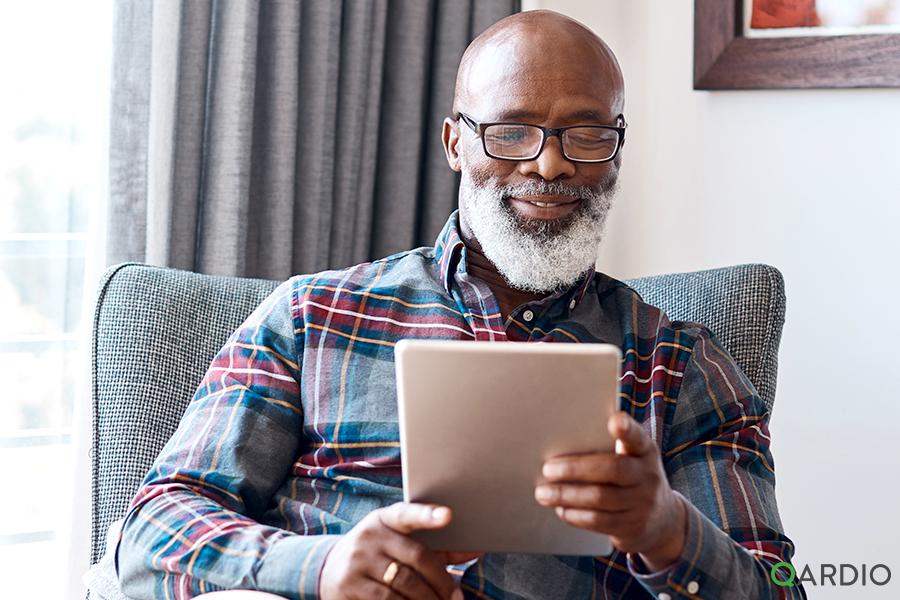A pulse oximeter, also known as the SpO2 meter, is a small clip-like device that gets connected to the middle or index finger of either hand and checks how much oxygen is in your blood to tell you how fast your heart is beating and how well you are breathing.
When the COVID-19 pandemic started, pulse oximeters became more important than ever. Since this is an illness that affects the respiratory system, doctors and health specialists started recommending having a SpO2 meter at home to detect any drops in your blood oxygen levels, especially in patients recovering from COVID-19.
Why is oxygen required in your body?
Every time we move our muscles, think or digest our food, we use the oxygen that is in our blood. In other words, every single action we perform in our day-to-day requires oxygen. But not every action requires the same amount of oxygen. In fact, depending on the time of the day, our bodies will need more or less oxygen.
How does oxygen get to the bloodstream?
When we breathe, we inhale oxygen and release carbon dioxide. When oxygen gets to our lungs, it moves across very thin walls to tiny blood vessels called capillaries and into our blood. However, oxygen by itself cannot travel through the human body, it needs to adhere to something. One of the components of blood is the red cells, which contain a protein called hemoglobin. Oxygen is deposited in these proteins, producing oxyhemoglobin, so it can travel through your body and help you perform all your vital functions.
What is oxygen saturation?
Oxygen saturation is the percentage of oxyhemoglobin in the blood. It is represented as arterial oxygen saturation (SaO2) and venous oxygen saturation (SvO2). Oxygen saturation is a key parameter to define how much oxygen is in your blood and how much oxygen is being delivered to your body.
What are the normal SpO2 readings?
For adults, the normal range of SpO2 is 95 – 100%.
What happens if my blood oxygen saturation levels are low?
A level of 92% or lower can indicate potential hypoxemia, which is a seriously low level of oxygen in the blood and requires external oxygen supplementation and medical treatment. The most common symptoms are fatigue, nausea, light-headedness, numbness, and tingling of the extremities. However, if the oxygen levels stay low, the condition evolves into a more serious condition called hypoxia. Patients with hypoxia see their fingers turn blue.
Having a pulse oximeter (SpO2) at home is the best way to check your oxygen saturation levels
The only way to know if you are at risk of hypoxemia or hypoxia is by checking your oxygen saturation levels. QardioSpO2 is a pulse oximeter that measures the blood oxygen level and pulse rate of the body via the fingertip sensor. It offers real-time readings and is ideal for users managing heart or lung conditions and users recovering from COVID-19. QardioSpO2 is small, portable, and can be connected to the Qardio App so you can register and share your readings with your doctor.
Sources
British Lung Foundation
American Society of Hematology
Mayo Clinic
News Medical Life Sciences
Healthline




